ASM Metals HandBook Vol. 17 - Nondestructive Evaluation and Quality Control
Подождите немного. Документ загружается.

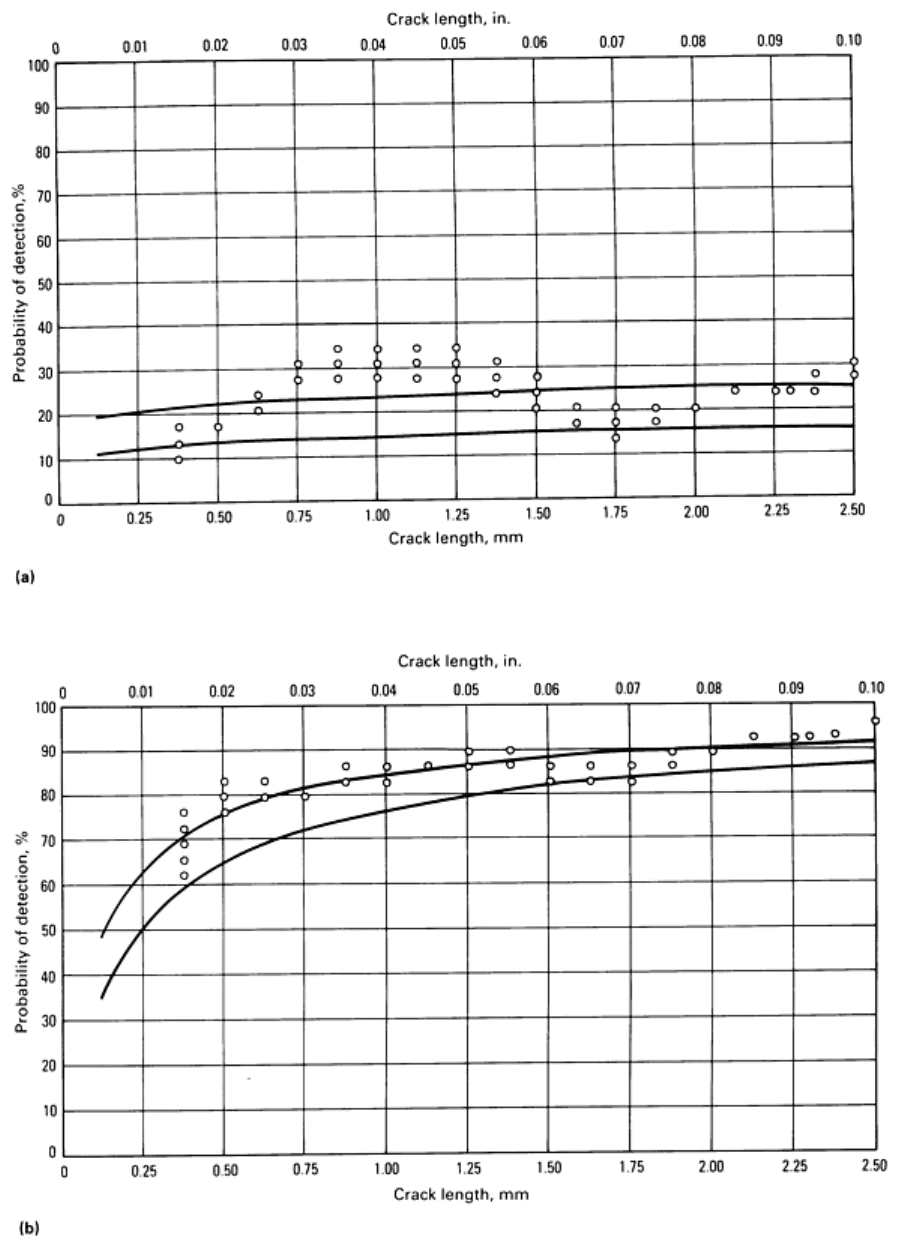
Fig. 10 POD plotted (a) at a threshold of 3.0 mV and (b) at a threshold of 0.5 mV
Integrated Blade Inspection System. The quantitative assessment of process performance capabilities and process
characterization is absolutely necessary in implementing automated NDE systems. At a gas turbine overhaul facility, for
example, quantitative assessment methods were applied to the implementation of an integrated blade inspection system
with an automated fluorescent penetrant inspection module (Fig. 11). The processed blades are introduced into a robotic

handling system that manipulates the blade in a high-gain optical-laser scan readout system to produce a digitized image
of the fluorescent penetrant indications. A computerized data processing and image analysis system provides the readout
and decision processing to accept or reject the blades.
Fig. 11 Flow diagram of an automated fluorescent penetrant inspection system
The optical performance capabilities of the readout system enable the detection of very small indications of varying
brightness level. The performance of the system is therefore limited by the fluorescent process capabilities and by the
pattern recognition capabilities of the system. Signal/noise distributions must be addressed by the decision discrimination
process, as shown in Fig. 12. Actual signal/noise distributions measured for the system are shown in Fig. 13. If the
discrimination threshold is set too low, a high false call rate will reduce the effectiveness of the automated process. A
balance of discrimination at an acceptable false call rate is used to achieve the figure of merit of performance level (Fig.
14) for the system. Signal/noise distribution data can be used to manage the overall process at any desired
discrimination/false call level. The process can be modeled to establish performance at varying discrimination levels, as
shown in Fig. 15. Quantification and characterization of process parameters are essential for the design, implementation,
and management of automated NDE processes.
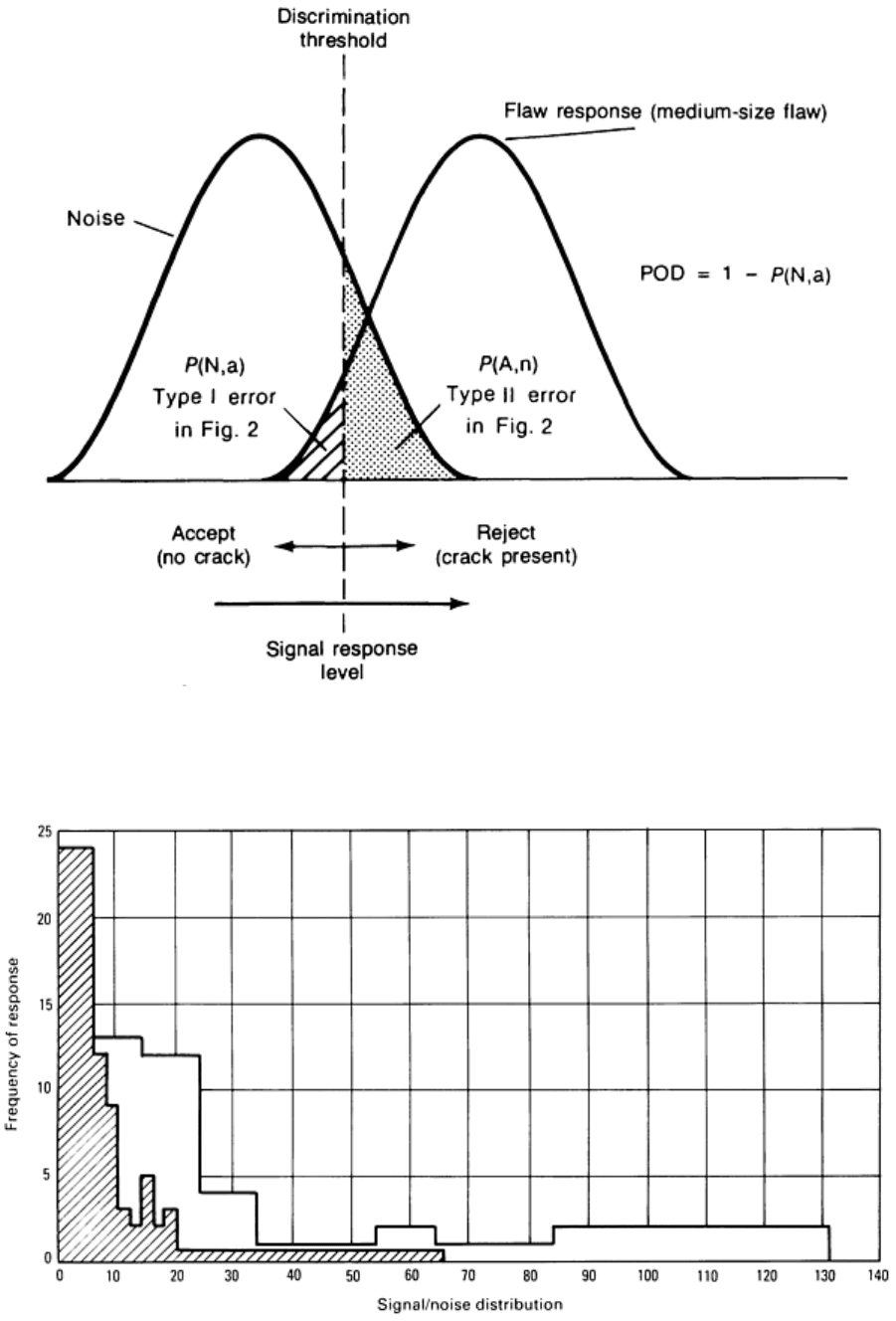
Fig. 12 Probability distribution of a noise signal and flaw indication
Fig. 13 A sample of the signal/noise distribution for an integrated blade inspection system
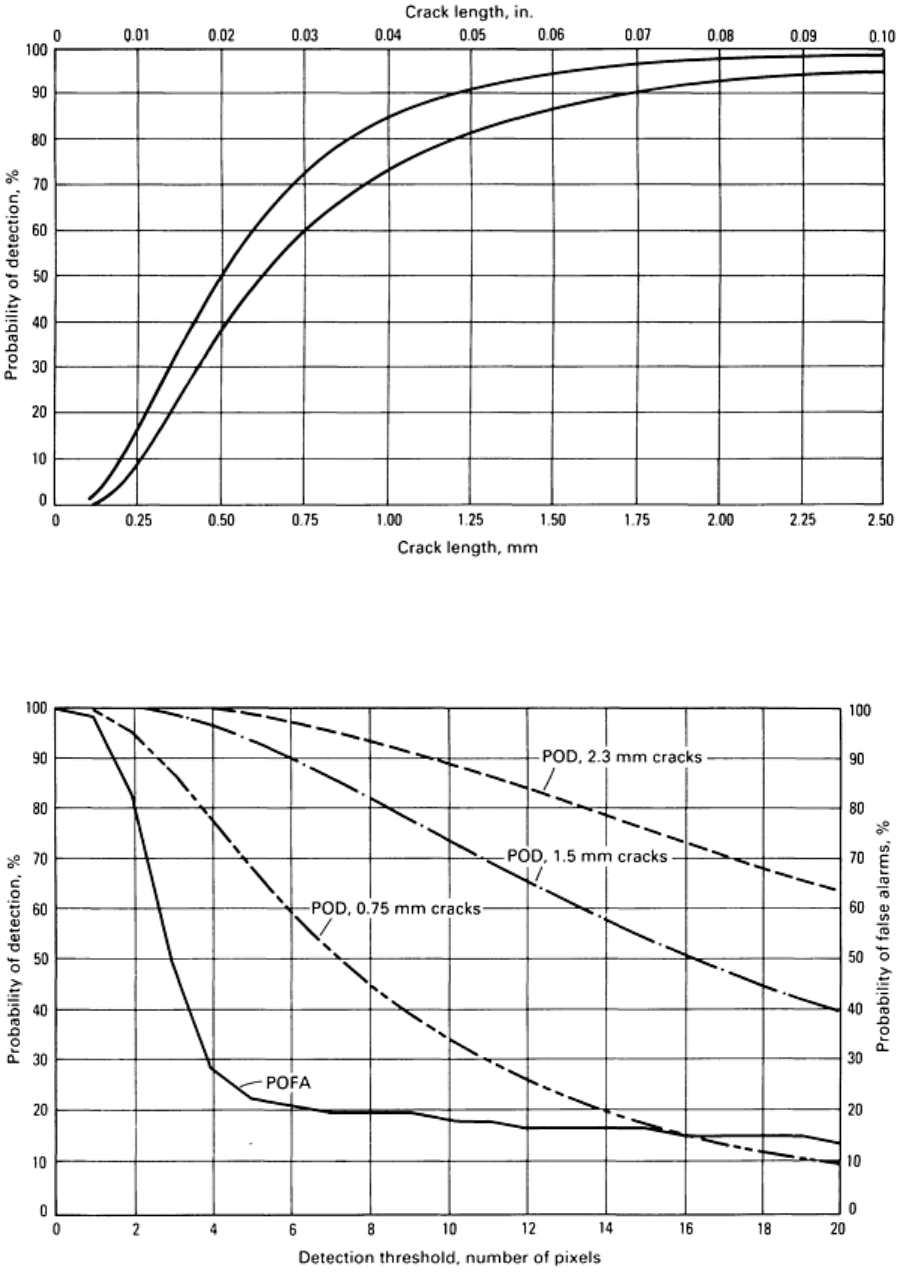
Fig. 14 POD curve for an automated fluorescent penetrant inspection system
Fig. 15 Performance curves for various discrimination levels
Retirement-For-Cause (RFC) Inspection Equipment. As described previously, the concept of removing critical
rotating components from gas turbine engines because of the initiation of an actual flaw rather than on the basis of an
arbitrarily selected time period has already saved the Air Force significant sums of money. One of the key technologies
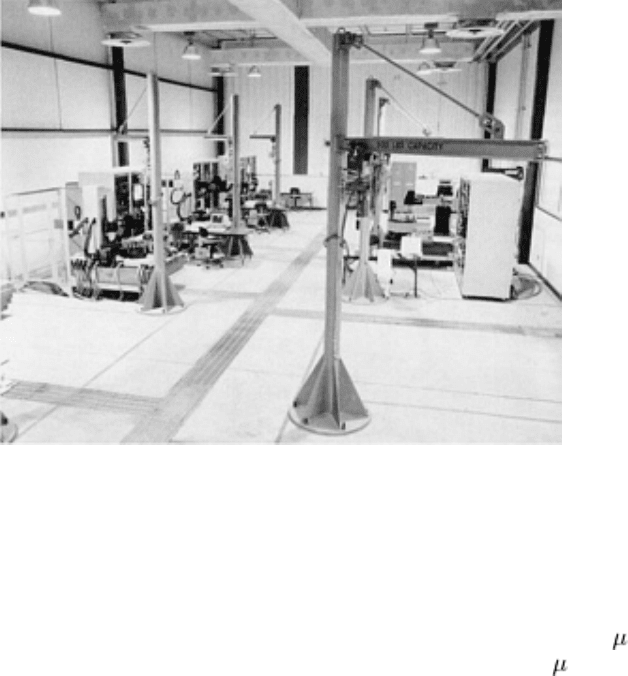
that has allowed the RFC concept to be accepted has been the development of an accurate, repeatable, reliable inspection
system capable of finding very small flaws in the parts. The RFC system, developed under an Air Force Manufacturing
Technology contract, has been in operation at the San Antonio Air Logistics Center at Kelly Air Force Base since late
1986. It was developed under a contract with Systems Research Laboratories, and although applied specifically to parts
for the F-100 engine (used in the F-15 and F-16 aircraft), it was designed to be sufficiently flexible to inspect parts from
any gas turbine engine. This capability was achieved through the use of a team of subcontractors on the program that
included Pratt & Whitney, General Electric, Garrett, and Allison.
Eddy current methods for surface flaw detection and ultrasonic methods for detecting embedded flaws were the two
inspection techniques selected for the RFC system. Significant advances had been made in automating eddy current
inspection through the development of the Eddy Current II system by the General Electric Company on earlier Air Force
Manufacturing Technology contracts. These stand-alone automated eddy current devices are in use at the Alameda Naval
Air Rework Facility, as previously discussed; the Oklahoma City Air Logistics Center; the General Electric
Manufacturing facility in Evandale, OH; and other commercial overhaul facilities. The technology developed and proved
in these systems provided an excellent base for the evolution of the more complex RFC system.
The RFC inspection system, which is housed in the special facility shown in Fig. 16, consists of an operator console, a
system computer, and eddy current and ultrasonic inspection stations. The operator console is used to monitor the
operational status of the system, to track inspection status at each NDE station, and to generate inspection data reports.
The system computer performs advanced data processing, system-wide communication, and sophisticated high-speed
mathematical and scientific data analyses critical to the inspection process. The NDE inspection stations perform the
automated part inspections, flaw detection, and signal-preprocessing activities. The system functions essentially
independent of any human operator input, with the exception of loading and unloading the parts to be inspected onto the
stations.
Fig. 16 Retirement-for-cause inspection facility
When the system was installed, a series of critical tests was conducted to establish its flaw size detection capability and
reliability. Tests included automatic scans of engine disks and a statistically significant number of representative fatigue-
cracked test specimens. Rivet hole inspection data showed a 90% POD with a 95% CL at the 100 m (4 mil) crack depth
range. Bolt hole and flat surface data indicated reliable detection in the desired 125 to 250 m (5 to 10 mil) depth range.
A strong correlation between apparent versus actual flaw depth data was seen in all test data. The ultrasonic inspection
data were similarly encouraging. Examples of POD at 95% CL generated for various geometrical configurations are
shown in Fig. 17. A similar facility is to be installed at the Air Force engine maintenance depot at the Oklahoma City Air
Logistics Center at Tinker Air Force Base.
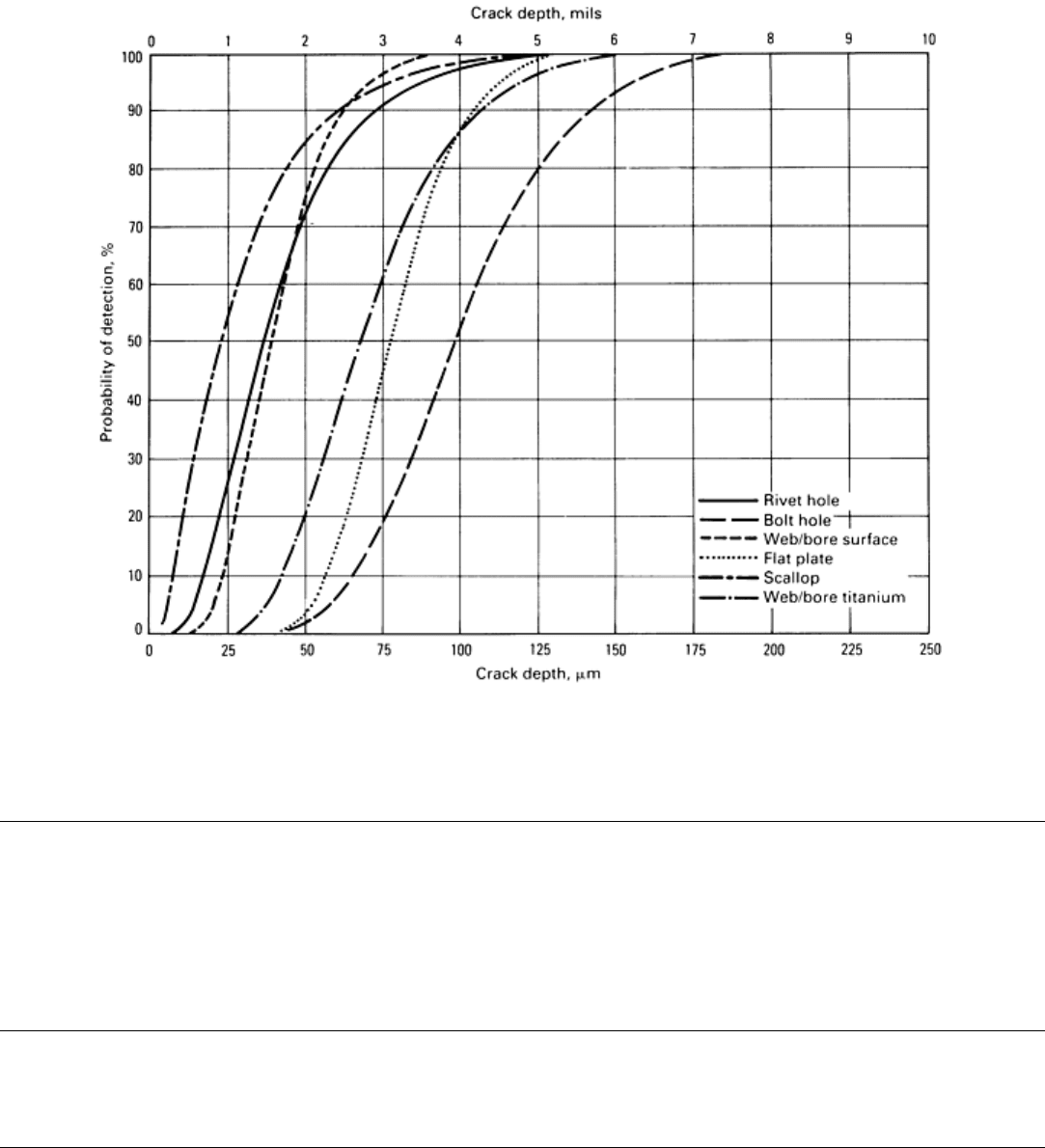
Fig. 17 RFC system POD curves for various geometrical features
References cited in this section
2.
"Engine Structural Integrity Program (ENSIP)," MIL-STD-1783 (USAF), 30 Nov 1984
3.
"Aircraft Structural Integrity Program, Airplane Requirements," MIL-STD-1530A (USAF), 11 Dec 1975
4.
W.D. Rummel, P.H. Todd, Jr., S.A. Frecska, and R.A. Rathke, "The Detection of Fatigue Cracks by
Nondestructive Testing Methods," CR-2369, National Aeronautics and Space Administration, Feb 1974
Applications of NDE Reliability to Systems
Ward D. Rummel, Martin Marietta Astronautics Group; Grover L. Hardy and Thomas D. Cooper, Wright Research & Development
Center, Wright-Patterson Air Force Base
References
1. "Nondestructive Testing Personnel Qualification and Certification," MIL-STD-410D, 25 June 1974
2. "Engine Structural Integrity Program (ENSIP)," MIL-STD-1783 (USAF), 30 Nov 1984
3. "Aircraft Structural Integrity Program, Airplane Requirements," MIL-STD-1530A (USAF), 11 Dec 1975
4.
W.D. Rummel, P.H. Todd, Jr., S.A. Frecska, and R.A. Rathke, "The Detection of Fatigue Cracks by
Nondestructive Testing Methods," CR-2369, National Aeronautics and Space Administration, Feb 1974

NDE Reliability Data Analysis
Alan P. Berens, University of Dayton Research Institute
Introduction
INSPECTION SYSTEMS are inevitably driven to their extreme capability for finding small flaws. When applied at this
extreme, not all flaws of the same size will be detected. In fact, repeat inspections of the same flaw will not necessarily
produce consistent hit or miss indications, and different flaws of the same size may have different detection probabilities.
Because of this uncertainty in the inspection process, capability is characterized in terms of the probability of detection
(POD) as a function of flaw size, a. At present, the function POD(a) can be estimated only through inspection reliability
experiments on specimens containing flaws of known size. Further, statistical methods must be used to estimate the
parameters of the POD(a) function and to quantify the experimental error in the estimated capability.
The methods for analyzing NDE reliability data have undergone a considerable evolution since the middle of the 1970s.
Formerly, a constant probability of detection of all flaws of a given size was postulated, and binomial distribution
methods were used to estimate this probability and its lower confidence bound (Ref 1, 2). This nonparametric method of
analysis produced valid statistical estimates for a single flaw size, but required very large sample sizes to obtain
reasonable lower confidence bounds on the probability of detection. In the absence of large numbers of representative
specimens with equal flaw sizes, various methods were devised for analyzing data based on grouping schemes. Although
the resulting POD appeared more acceptable using these schemes, the lower confidence bounds were no longer valid.
In recent years, an approach based on the assumption of a model for the POD(a) function was devised (Ref 3, 4, 5, 6, 7).
Analyses of data from reliability experiments on nondestructive inspection (NDI) methods indicated that the POD(a)
function can be reasonably modeled by the cumulative log normal distribution function or, equivalently, the log-logistics
(log odds) function. The parameters of these functions can be estimated using maximum likelihood methods. The
statistical uncertainty in the estimate of NDI reliability has traditionally been reflected by a lower (conservative)
confidence bound on the POD(a) function. The asymptotic statistical properties of the maximum likelihood estimates can
be used to calculate this confidence bound. Details of the mathematics for these maximum likelihood calculations are
presented in this article.
References
1.
B.G.W. Yee, F.H. Chang, J.C. Couchman, G.H. Lemon, and P.F. Packman, "Assessm
ent of NDE Reliability
Data," NASA CR-134991, National Aeronautics and Space Administration, Oct 1976
2.
W.D. Rummel, Recommended Practice for Demonstration of Nondestructive Evaluation (NDE) Reliability
on Aircraft Production Parts, Mater. Eng., Vol 40, Aug 1982, p 922-932
3.
W.H. Lewis, W.H. Sproat, B.D. Dodd, and J.M. Hamilton, "Reliability of Nondestructive Inspections--
Final
Report," SA-ALC/MME 76-6-38-1, San Antonio Air Logistics Center, Kelly Air Force Base, Dec 1978
4.
A.P. Berens and P.W. Hovey, "Evaluation of NDE Reliability Characterization," AFWAL-TR-81-
4160, Vol
1, Air Force Wright-Aeronautical Laboratories, Wright-Patterson Air Force Base, Dec 1981
5.
A.P. Berens and P.W. Hovey, Statistical Methods for Estimating Crack Detection Probabiliti
es, in
Probabilistic Fracture Mechanics and Fatigue Methods: Applications for Structural Design and
Maintenance,
STP 798, J.M. Bloom and J.C. Ekvall, Ed., American Society for Testing and Materials, 1983,
p 79-94
6.
D.E. Allison et al., "Cost/Risk Analysis for Disk Retirement--Volume I," AFWAL-TR-83-
4089, Air Force
Wright-Aeronautical Laboratories, Wright-Patterson Air Force Base, Feb 1984
7.
A.P. Berens and P.W. Hovey, "Flaw Detection Reliability Criteria, Volume I--
Methods and Results,"
AFWAL-TR-84-4022, Air Force Wright-Aeronautical Laboratories, Wright-
Patterson Air Force Base, April
1984
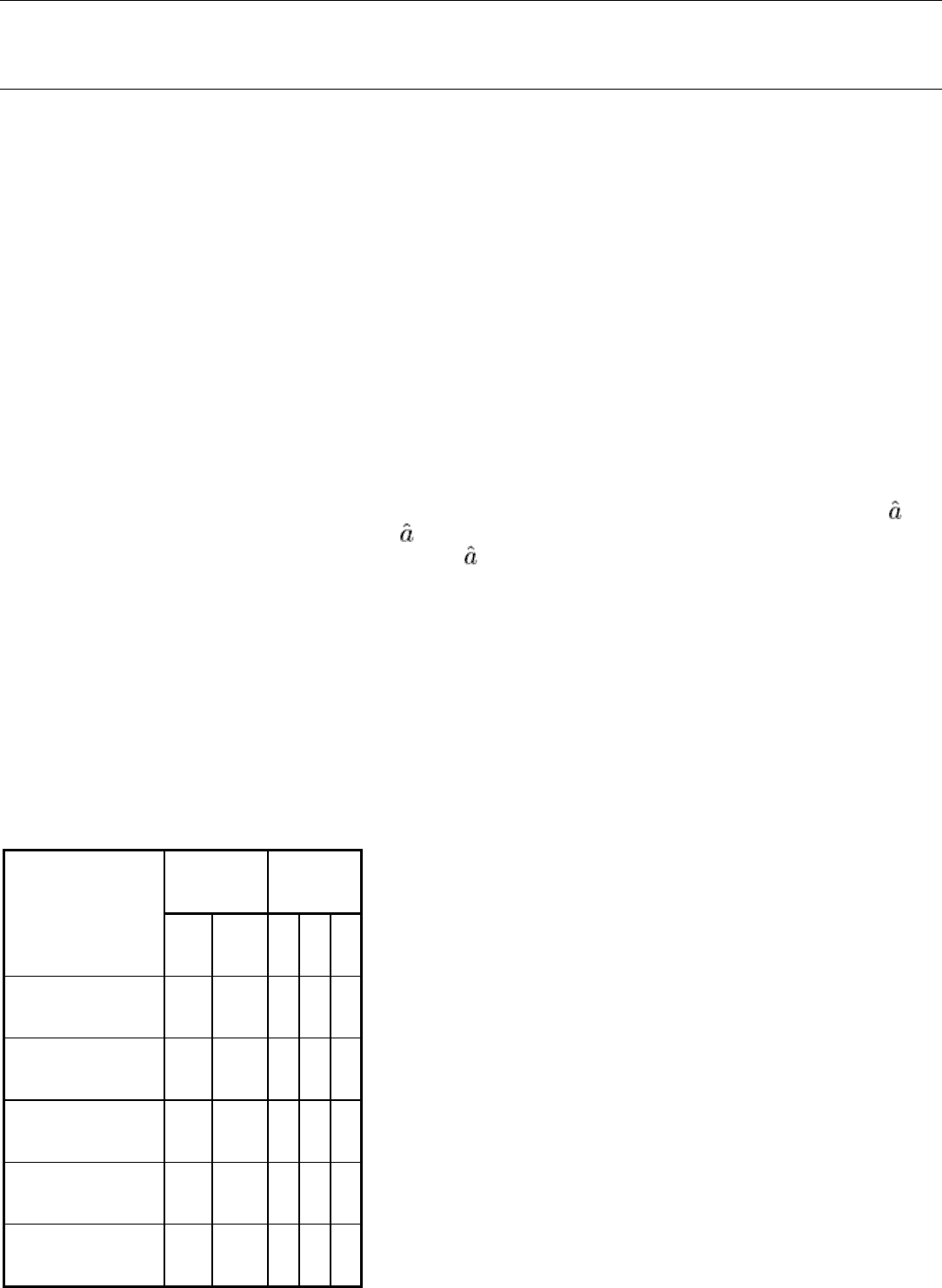
NDE Reliability Data Analysis
Alan P. Berens, University of Dayton Research Institute
Statistical Nature of the NDE Process
In the application of an NDE method there are many factors that can influence whether or not the inspection will result in
the correct decision as to the absence or presence of a flaw. In general, NDE comprises the application of a stimulus to a
structure and the interpretation of the response to the stimulus. Repeated inspections of a specific flaw can produce
different magnitudes of stimulus response because of minute variations in setup and calibration. This variability is
inherent in the process. Different flaws of the same size can produce different response magnitudes because of differences
in material properties, flaw geometry, and flaw orientation. The interpretation of the response can be influenced by the
capability of the interpreter (manual or automated), the mental acuity of the inspector as influenced by fatigue or
emotional outlook, and the ease of access and the environment at the inspection site. All these factors contribute to
inspection uncertainty and lead to a probabilistic characterization of inspection capability.
There are two related approaches to a probabilistic framework for analyzing inspection reliability data. Originally,
inspection results were recorded only in terms of whether or not a flaw was found. Data of this nature are called hit/miss
data, and an analysis method for this data type evolved from the original binomial characterization (Ref 3, 4, 5). It was
later observed that there is more information in the NDE signal response from which the hit/miss decision is made (Ref
6). Because the NDE signal response can be considered to be the perceived flaw size, data of this nature are called data.
A second analysis method was developed based on data (Ref 7). Although the analysis frameworks are based on data of
different natures, the hit/miss data can be obtained from data. Both methods are based on the same model for the
POD(a) function, but different results will be obtained if the two analysis methods are applied to the same data set. The
following sections present the two approaches to formulating the POD(a) function.
POD(a) From Hit/Miss Data. In typical NDE reliability studies, relatively few inspections are performed on each
flaw in the specimen set. Table 1 presents an example of hit/miss results from fluorescent penetrant inspections by 3
inspectors on 35 cracks in flat plate specimens. Because there are only three inspections, it is impossible to obtain more
than a general impression of any change in the chances of crack detection as the cracks get larger. In a study for the Air
Force (Ref 3), inspections of cracked specimens were independently conducted by large numbers of inspectors around the
country. The data from this program provided considerable insight into the nature of the probability of crack detection.
Table 1 Example of summary data sheet of hit/miss results
The example is based on the fluorescent penetrant inspection of flat plates by three inspectors.
Crack size
Inspector
(a)
Crack identification
mm
in. A
B
C
1 2.21
0.087
0
1
1
2 1.63
0.064
1 0
0
3 0.38
0.015
0
0
0
4 2.84
0.112
1 1
0
5 0.99
0.039
0
0
0

6 4.42
0.174
1 1
1
7 2.97
0.117
1 1
1
8 2.06
0.081
0
0
0
9 0.46
0.018
0
0
0
10 4.22
0.166
1 0
1
11 2.54
0.100
1 0
0
12 1.98
0.078
1 1
0
13 0.64
0.025
0
1
0
14 2.18
0.086
1 0
0
15 2.64
0.104
0
0
1
16 2.49
0.098
0
1
1
17 2.41
0.095
1 0
0
18 1.42
0.056
0
0
0
19 0.20
0.008
0
0
0
20 0.58
0.023
0
0
0
21 6.99
0.275
1 1
1
22 3.30
0.130
0
0
1
23 6.20
0.244
1 1
1
24 2.03
0.080
0
0
0
25 1.85
0.073
0
0
0
26 4.95
0.195
1 1
1

27 0.23
0.009
0
0
0
28 2.13
0.084
0
1
1
29 5.59
0.220
1 1
1
30 1.02
0.040
0
0
0
31 0.99
0.039
0
0
0
32 2.18
0.086
0
0
1
33 0.25
0.010
0
0
1
34 4.09
0.161
0
0
1
35 0.51
0.020
0
0
0
(a)
1 indicates crack was found; 0 indicates crack was not found.
Figure 1 shows the results of eddy current inspections by 60 different inspections of a set of 41 cracks around countersunk
fastener holes in a 1.5 in (5 ft) segment of a C-130 center wing box (Ref 3). Each data point represents the proportion of
times that the crack was found. This data set, which is representative of such available data sets, clearly indicates that:
• The chances of detection are correlated with crack size
• Different cracks of the same size can have significantly different crack detection probabilities
• Factors other than size are affecting the chances of detection
Data of this nature also provide the analysis framework for characterizing NDE reliability for the general hit/miss data set.
